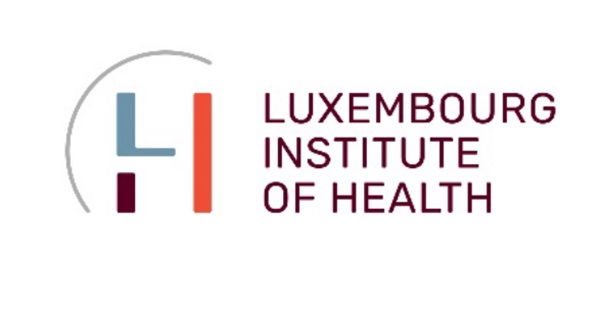
The Luxembourg Institute of Health (LIH) has announced that the EU-driven Horizon 2020 TRANSCAN-3 programme has decided to fund a multinational project coordinated by its NORLUX Neuro-Oncology Laboratory.
The project is known as PLASTIG (Tackling tumour heterogeneity and plasticity as resistance mechanisms in Glioblastoma), and has its objective the deciphering of the intricate and elusive mechanisms that empower GBM to resist treatment, opening the door to the creation of more potent therapies. The initiatives conducted in Luxembourg as part of the project will receive backing from the Luxembourg National Research Fund (FNR).
Glioblastoma (GBM), recognised as the most aggressive primary brain tumour, continues to present a major challenge in the realm of oncology. Despite available treatments such as surgery, radiation and chemotherapy, a majority of GBM patients succumb to the disease within eighteen months. With a survival rate beyond five years standing at a mere 5.7%, GBM ranks among the most challenging cancers to address. The conventional chemotherapy, temozolomide (TMZ), offers limited benefits and targeted therapies have exhibited minimal to no clinical advantage for GBM patients.
In contrast to other tumours, GBMs do not routinely acquire new mutations during treatment. Recent research, however, has illuminated the remarkable plasticity of GBM cells, emphasising their capacity to adapt to the microenvironment and assume treatment-resistant states upon intervention. Yet, the precise role of tumour plasticity in treatment resistance, along with the associated mechanisms, remains poorly understood. A comprehensive examination of GBM at the single-cell level within a spatial context is deemed essential to comprehend the alterations occurring during recurrence.
Within this context, the PLASTIG project strives to bridge these knowledge gaps by investigating the molecular mechanisms that allow GBM to adapt and resist treatment over time and in specific locations within the tumour. The researchers will employ spatial transcriptomics techniques to analyse changes in patients' tumours pre- and post-treatment. Additionally, patient-derived preclinical models will be utilised to assess the dynamic adaptation of GBM cells to treatment in a controlled laboratory environment. Advanced machine-learning approaches will be applied to uncover new biomarkers of resistance and regulators of plasticity, thereby identifying innovative combinatory treatment strategies. These strategies will undergo further validation in efficacy studies.
“The PLASTIG project aims to provide a better understanding of the role of plasticity in GBM resistance and uncover novel therapeutic targets for next-generation combination treatments. Furthermore, we are also looking to identify biomarkers that can predict treatment response in order to advance personalised therapies,” stated Dr Anna Golebiewska, lead coordinator of the project and Head of the NORLUX Neuro-Oncology Laboratory.
“With GBM recurrence being an inevitable challenge for patients, and the prevalence of GBM expected to rise due to an ageing population, the PLASTIG project represents a crucial step towards improving the understanding of treatment resistance mechanisms. Through its innovative research approach, we aim to unlock new avenues for effective treatments that could significantly affect the lives of GBM patients and their families,” she concluded.
The PLASTIG consortium, coordinated by the LIH, includes the Paris Brain Institute, the University of Freiburg and the Royal College of Surgeons in Ireland. It brings together interdisciplinary expertise in advanced computational approaches, single-cell analysis and spatial image analysis, which aim enable ground-breaking research beyond what is currently available.
PLASTIG is financed through the EU-funded TRANSCAN-3 project, an initiative which brings together 31 funding organisations from 20 countries, including Luxembourg’s National Research Fund (FNR). They have the common goal of supporting high-impact translational cancer research through cross-national joint calls for proposals, leveraging international and interregional cooperation.








